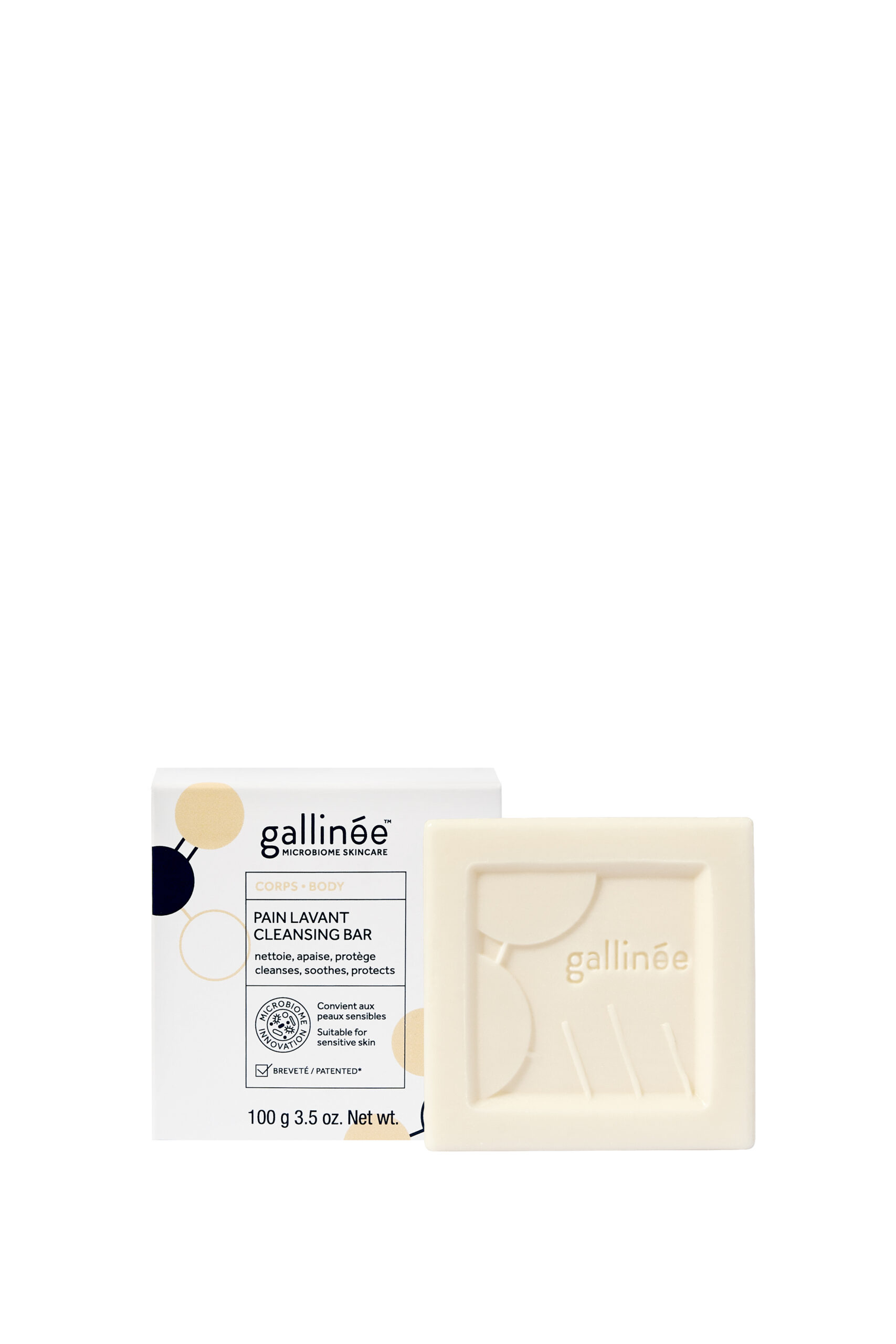Your mouth is a planet, and this planet is inhabited by 700 kinds of bacteria. They all live together in (mostly) perfect harmony and are here to protect your teeth, gum and mouth from problems. Sometimes bad bacteria can try to take over, with cavities or gum disease as a result.
So how can you keep this family happy and keep the bad guys at bay?
Here are our top 5 tips for a healthy mouth microbiome
1. Brush your teeth, twice a day
I know, I know; it’s not the first time you hear that. But mechanical brushing is the best way to tear down the little villages that bad bacteria such as S. mutans can build in your mouth. These fortified villages are called biofilms and can resist at everything, but not at a good brushing. (See article How to brush your teeth)
2. And not only the teeth
Bacteria and biofilms cover every surface of the mouth. So don’t forget to dislodge them. It means brushing of scrapping your tongue, brushing your gums and the inside of your cheeks.
3. Get the perfect mouth diet
Sugar is clearly the enemy of your oral microbiome, as it feeds bad bacteria that produce acid in return. And acidity will end up disturbing your microbiome and create cavities and gum disease. What do the good guys like? Fibres, greens and pulses. Chew well to give them the time to enjoy.
4. Try Xylitol
This superhero of the oral microbiome will destroy S. mutans (the main culprit of cavities) and leave the other good bacteria to thrive. Remember: Contact time is important, the more it’s in contact with your mouth the better. Try our prebiotic toothpaste or our Mouth & Microbiome tablets for example. They contains also another kind of oral prebiotics to help.
5. Be gentle
The oral microbiome is unique in the way we try to destroy it so hard twice a day. Forget about alcohol-based mouthwashes, keep the chlorhexidine for when you have problems, and avoid triclosan or other strong antibacterial actives in your toothpaste.
Take the Quiz
#fca_qc_quiz_678820.fca_qc_quiz p:not( .fca_qc_back_response ):not( #fca_qc_question_right_or_wrong ):not( .fca_qc_question_response_correct_answer ):not( .fca_qc_question_response_response ):not( .fca_qc_question_response_hint ):not( .fca_qc_question_response_item p ), #fca_qc_quiz_678820.fca_qc_quiz a:not( .fca_qc_share_link ), #fca_qc_quiz_678820.fca_qc_quiz div:not( .correct-answer ):not( .wrong-answer ){ color: #151515; }#fca_qc_quiz_678820.fca_qc_quiz div.fca-qc-back.correct-answer, #fca_qc_quiz_678820.fca_qc_quiz div.fca_qc_question_response_item.correct-answer { background-color: #abdc8c; }
#fca_qc_quiz_678820.fca_qc_quiz div.fca-qc-back.wrong-answer, #fca_qc_quiz_678820.fca_qc_quiz div.fca_qc_question_response_item.wrong-answer { background-color: #f57484; }
#fca_qc_quiz_678820.fca_qc_quiz div.fca_qc_question_response_item p { color: #151515; }
#fca_qc_quiz_678820.fca_qc_quiz{ border: #151515 0px solid; border-radius: 2px; }
#fca_qc_quiz_678820.fca_qc_quiz button.fca_qc_next_question { color: #151515; border: #151515 2px solid; background-color: transparent; }
#fca_qc_quiz_678820.fca_qc_quiz button.fca_qc_next_question:hover { background-color: #FFFFFF; }
#fca_qc_quiz_678820.fca_qc_quiz button.fca_qc_button { background-color: #58afa2; box-shadow: 0 2px 0 0 #3c7d73; color: #FFFFFF; }
#fca_qc_quiz_678820.fca_qc_quiz button.fca_qc_button:hover { background-color: #3c7d73; }
#fca_qc_quiz_678820.fca_qc_quiz div.fca_qc_answer_div { background-color: #dbdbdb; border: #dbdbdb 0px solid; }
#fca_qc_quiz_678820.fca_qc_quiz div.fca_qc_answer_div.fakehover, #fca_qc_quiz_678820.fca_qc_quiz div.fca_qc_answer_div:active { background-color: #8dc8bf; }
#fca_qc_quiz_678820.fca_qc_quiz span.fca_qc_answer_span { color: #151515; }
Your Mouth Microbiome Quiz

Question
Your answer:
Correct answer:
Your Answers





















